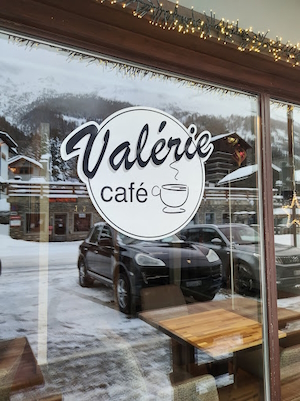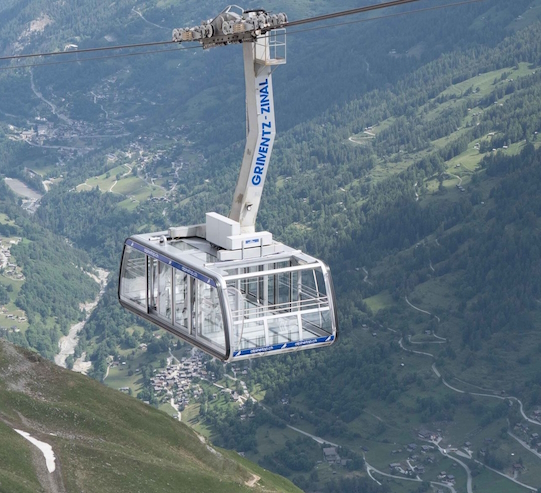Il faut savoir qu’en altitude, lorsque le mauvais temps arrive, en général il ne pleut pas, il neige. Or, la neige, surtout quand elle est froide, ne mouille pas. En revanche il fait froid.
Donc, ce qu’il faut ce n’est pas tant des vêtements qui protègent de l’humidité extérieure mais des vêtements qui permettent à la transpiration de s’évacuer pour que le corps reste sec et puisse mieux supporter le froid.
S’il pleut, c’est que l’on se trouve à une altitude moindre, donc plus prêt d’un refuge ou du fond de la vallée, et donc le fait d’être mouillé de l’extérieur a moins d’importance.
Privilégiez des vêtements de couleurs vives afin de faciliter les recherches en cas de besoin.
Un dernier conseil :
Toujours avoir au fond du sac une petite pochette dans laquelle seront mis, une cagoule et une paire de gants en soie, une paire de sur-moufles en nylon, une couverture de survie et une paire de lacets de rechange.















